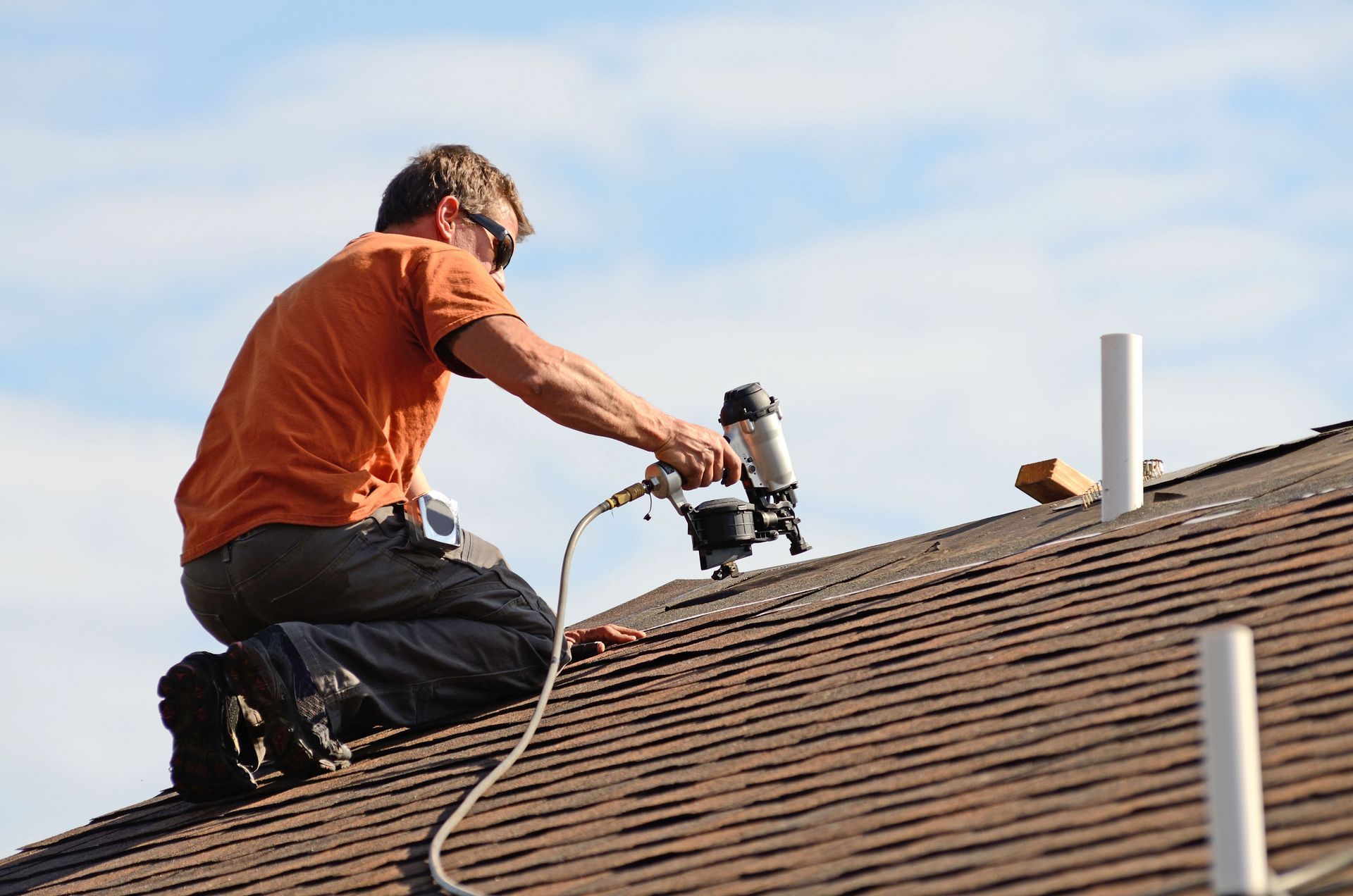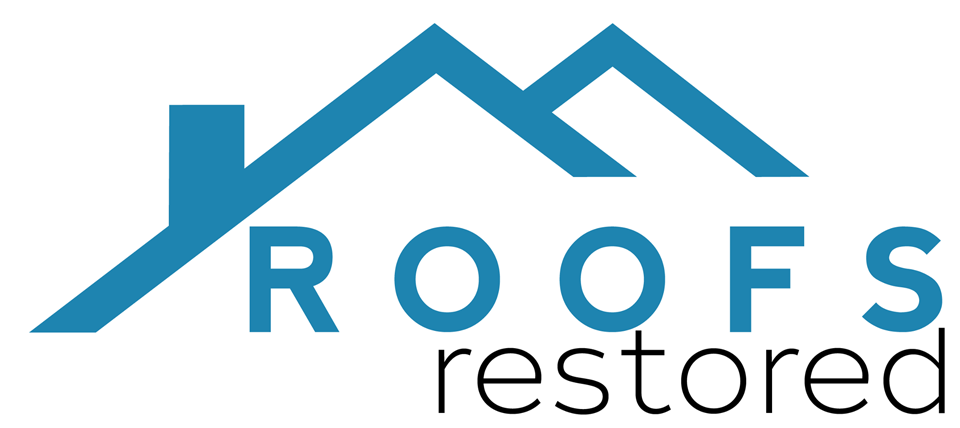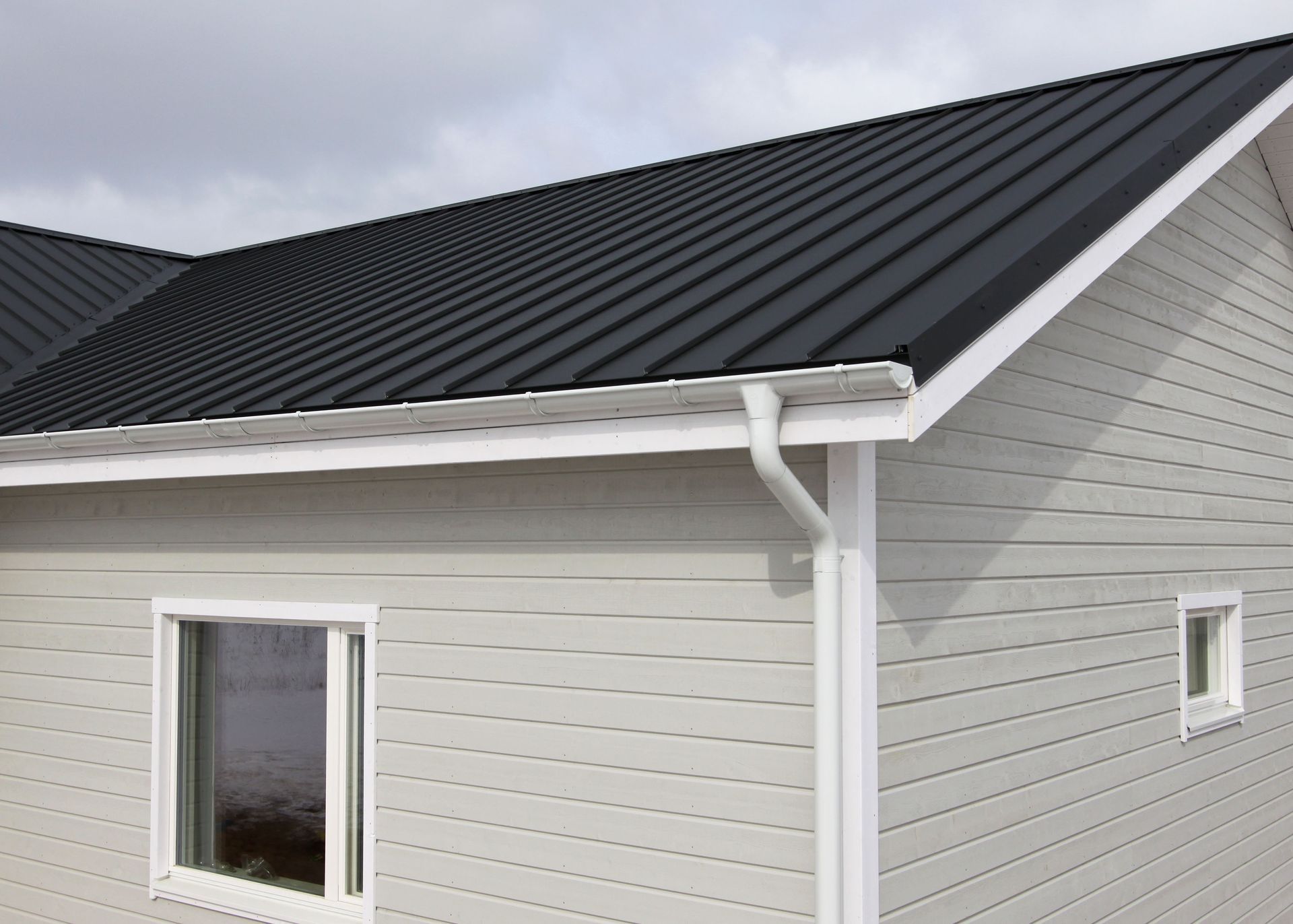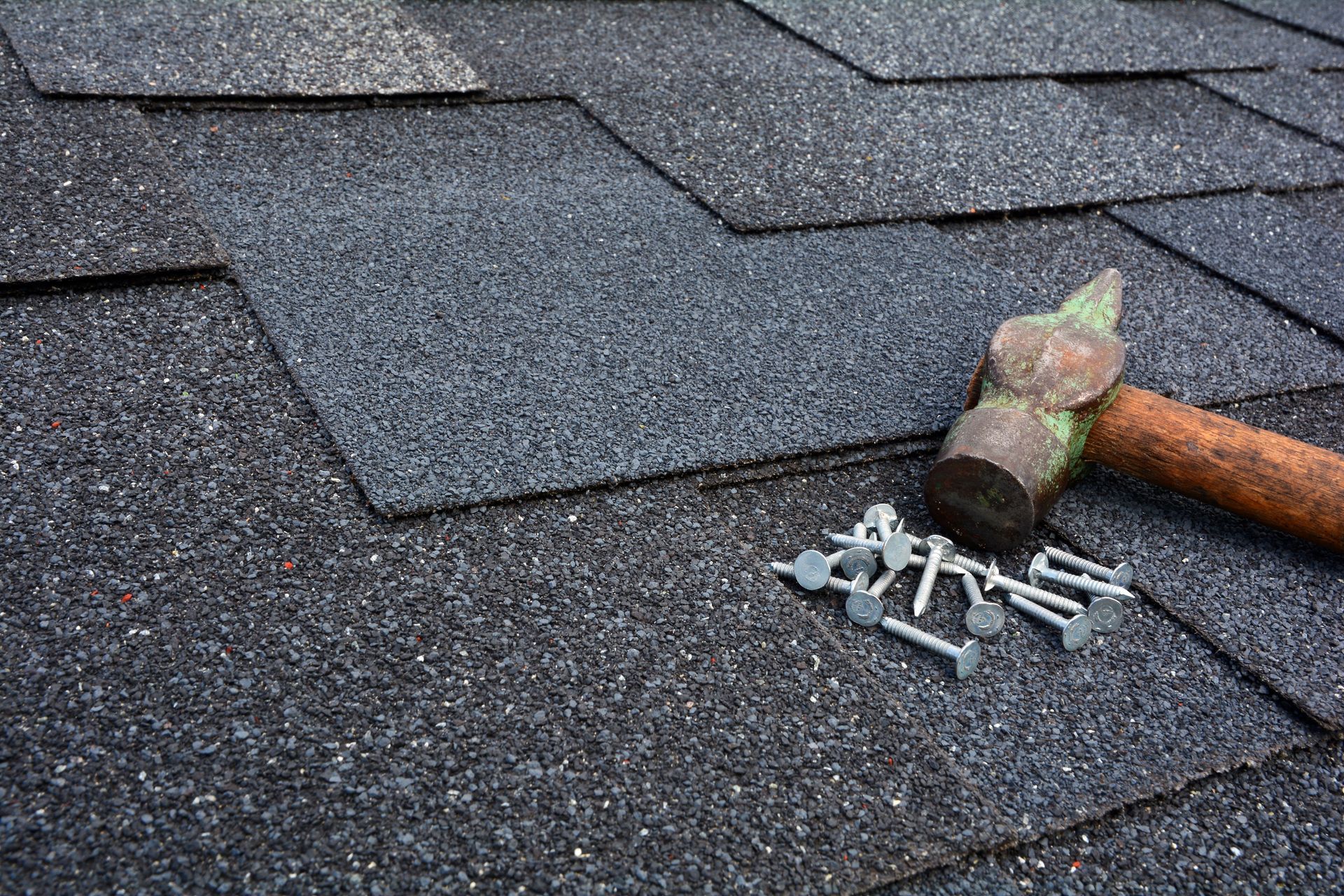September 9, 2025
In this article, we’ll highlight the common signs that suggest a roof replacement may be needed. A healthy roof plays a vital role in protecting your home’s security, energy efficiency, and overall value. Spotting the early symptoms of a failing roof can save you from extensive damage and expensive repairs. By consulting an experienced roofing contractor, you can better understand when it’s time to move forward with a new roof.
1. Identifying Shingle Damage
Shingle damage is often the first visual indicator that your roof may be in trouble. When shingles begin to curl or buckle, it suggests that they are losing their waterproofing capabilities. Curling shingles can result from age, wind damage, or improper installation. It's essential to address these issues early on, as prolonged exposure can lead to leaks and further structural damage. Replacing a few damaged shingles promptly can extend the overall lifespan of your roof and delay a complete roof replacement.
Missing or broken shingles are another red flag that your roof needs attention. This kind of damage often results from storms or high winds that displace shingles from their original positions. Missing shingles can expose the underlayment, increasing the risk of water infiltrating your home. Regular maintenance and inspection performed by a qualified roofing contractor can save you money by preventing more extensive repairs or replacements in the long run.
Asphalt granules in gutters are another sign of shingle deterioration. Over time, shingles shed their granules, which can end up in your gutters, indicating wear. The presence of granules is a natural process, but a significant accumulation may point to advanced shingle aging. The loss of granules impacts the roof's ability to protect against UV rays and water, necessitating attention. In some cases, this may mean considering a full roof replacement, especially if the granule loss is widespread.
2. Evaluating Roof Age
The age of your roof is a critical factor in determining when to replace it. Most roofing materials have a defined lifespan; for instance, asphalt shingles typically last 20-25 years. Structures older than this are often due for replacement, even if no visible damage is present. Regular inspections and understanding your roof's age can help you plan for replacement before leaks and other issues arise. Staying proactive about your roof's age can prevent unexpected repairs that can be costly and disruptive.
Lifespan varies significantly depending on the materials used, with metal and slate roofs offering longer life spans than asphalt shingles. Understanding the longevity specific to your roof's materials can guide your replacement timeline. Moreover, regular maintenance plays a significant role in extending a roof's lifespan. Addressing minor issues as they arise can defer the need for total roof replacement. Additionally, climate conditions can also affect the longevity, as extreme weather can shorten the expected lifespan.
Maintenance history is equally crucial in evaluating when a roof may need replacing. Homes with a comprehensive maintenance record typically experience fewer issues and longer-lasting roofs. This means fewer leaks, more energy efficiency, and increased protection for your home. Regular upkeep, including cleaning gutters and repairing minor damage, boosts your roof's resilience. If maintenance has been neglected over the years, calling a roofing contractor for a replacement might be more pressing, as contributing damage may have compounded.
3. Detecting Structural Issues
A sagging roof deck is a severe concern that can indicate underlying structural problems. It may result from prolonged exposure to moisture, inadequate support, or noticeable structural shifts. The average roof in the U.S. is 1,700 square feet, according to This Old House, and this vast area requires consistent support to prevent sagging. Immediate attention to a sagging roof is crucial to prevent more severe structural failures.
Visible leaks and water spots are unmistakable signs of a compromised roof. Water infiltration can cause extensive damage not only to the roof but also to your home's interior. Addressing leaks promptly can prevent mold growth, structural damage, and other related issues. Regular checks, especially after heavy rains, can help detect these signs early. Having a roofing contractor repair leaks quickly can stave off more extensive damage that often requires complete roof replacement.
Compromised roof valleys can also be a breeding ground for leaks and other structural issues. Roof valleys are critical for directing water off the roof efficiently. Any damage here can lead to water pooling, eventually finding its way into your home. Ensuring roof valleys are intact is essential for roof durability and overall structural integrity. Regular maintenance and a vigilant eye for valley condition can safeguard your home from potential leaks.
4. Understanding Energy Inefficiency
Rising energy bills may be the result of inefficient insulation, which is often tied to roof health. Inadequate roofing or aging materials can cause energy inefficiencies, leading to higher heating and cooling costs. Inefficient insulation can mean your home isn't maintaining the desired internal temperature effectively. Analyzing your energy bills over time can reveal patterns indicating that your roof may need attention.
Roof ventilation issues can also contribute to increased energy bills. Proper ventilation ensures that your attic remains cool or warm as needed, managing overall house energy efficiency. Poor ventilation can lead to overheating or excessive cooling, both of which reflect directly on your energy expenses. Addressing these ventilation issues can significantly enhance your home's energy efficiency.
Examining seasonal fluctuations in your bills can also point to roof health concerns. If you notice more than usual spikes during particular seasons, such as summer or winter, it may be because of your roof's condition. Poor insulation can create significant temperature variations, making your heating or cooling systems work harder. Addressing these signs by consulting a roofing contractor or other roof expert can help pinpoint and resolve the issues.
5. Recognizing Interior Damage
Water stains or discoloration on your walls or ceiling often suggest roof-related issues. These stains usually result from leaks, which can escalate if not addressed quickly. Ignoring these signs can lead to more significant damages, such as weakened structural elements and mold growth. Identifying the source of these water stains can determine whether a roof replacement is necessary. Quick action in resolving these issues can prevent further damage to both your roof and your home's interior.
Peeling paint and wallpaper are additional indicators that your roof might be compromised. These signs often arise due to moisture getting trapped within your walls, typically because of roof leaks. Over time, this moisture causes the adhesives in paint and wallpaper to weaken, leading to peeling. Monitoring these issues can help you identify roof problems early. If peeling persists despite efforts to repair minor leaks or damage, consider consulting a professional roofing contractor for a replacement.
The presence of mold or mildew, particularly in your attic or upper floors, is a serious concern. Mold not only affects indoor air quality but can also weaken structural components, posing health risks. Moisture from leaks creates a favorable environment for mold and mildew growth, spreading quickly if not contained. Ensuring proper roof maintenance helps prevent such damaging growth.
Recognizing when your roof may need replacement is essential to keeping your home safe, efficient, and protected. Understanding the warning signs allows you to take proactive measures before minor problems turn into costly damage. If you’ve noticed these issues, consulting a trusted roofing contractor ensures you receive expert guidance and make informed decisions about your roof’s future. If your home needs a new roof, reach out to Roofs Restored for a free estimate.






